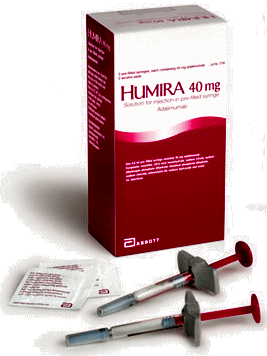
In the timeline of the European Medicines Agency progress towards a Data Transparency, there was a rather large bump. They were freely releasing the Clinical Study Reports, some two million pages, when two US companies [AbbVie and InterMune] filed suit to prevent data release, and the European Court suspended the data release pending resolution. After a year of legal whatever-they-dids, the injunction was lifted, the suit withdrawn, and we awaited the finalized Data Transparency plan expectantly. Then, a month ago the EMA released a draft of their proposed policy, and everyone was aghast that it was so restrictive compared to their previous plan. I’ve said more than enough about that already, but the gist of things is that there’s been an almost universal suspicion that the settlement with AbbVie was an expensive one. and had a lot to do with the European Medicines Agency’s U Turn. Dr. Rasi’s reassurances [to be continued…] were anything but reassuring.
by Peter DoshiBritish Medical Journal. 2014 348:g3852.
 Here’s something of a brief summary. In April, when AbbVie dropped its injunction, the EMA issued a press release saying they had agreed to "very limited redactions" in the AbbVie clinical study reports – though there was widespread suspicion about what that meant. The BMJ obtained that agreement through an FOI request that showed them to be more extensive, and when compared to the later proposal of the EMA [post U Turn], there were "striking" similarities between this new proposal and the AbbVie agreement documents. Beate Wieseler, head of drug assessment at the German Institute for Quality and Efficiency in Health Care [IQWiG] and a vocal proponent of transparency noticed these same similarities. It seems that the EMA/AbbVie negotiations were protracted and resulted in some pretty significant retractions. And Wieseler challenges the notion that these retractions were really justified as commercially confidential Information [CCI] – or, for that matter, even necessary. So the consensus that the EMA bowed to AbbVie’s demand, and further radically changed their tune seems to be confirmed [though the EMA denies that is the case]. Now we’re again on hold, waiting to see the fine print.
Here’s something of a brief summary. In April, when AbbVie dropped its injunction, the EMA issued a press release saying they had agreed to "very limited redactions" in the AbbVie clinical study reports – though there was widespread suspicion about what that meant. The BMJ obtained that agreement through an FOI request that showed them to be more extensive, and when compared to the later proposal of the EMA [post U Turn], there were "striking" similarities between this new proposal and the AbbVie agreement documents. Beate Wieseler, head of drug assessment at the German Institute for Quality and Efficiency in Health Care [IQWiG] and a vocal proponent of transparency noticed these same similarities. It seems that the EMA/AbbVie negotiations were protracted and resulted in some pretty significant retractions. And Wieseler challenges the notion that these retractions were really justified as commercially confidential Information [CCI] – or, for that matter, even necessary. So the consensus that the EMA bowed to AbbVie’s demand, and further radically changed their tune seems to be confirmed [though the EMA denies that is the case]. Now we’re again on hold, waiting to see the fine print. In light of discussions at the Board, the wording of the policy, including practical arrangements for academic and non-commercial research users, will now be finalised with a view to its adoption by the Board through written procedure by mid-July 2014, and will be effective from 1 October 2014.
Sorry, the comment form is closed at this time.